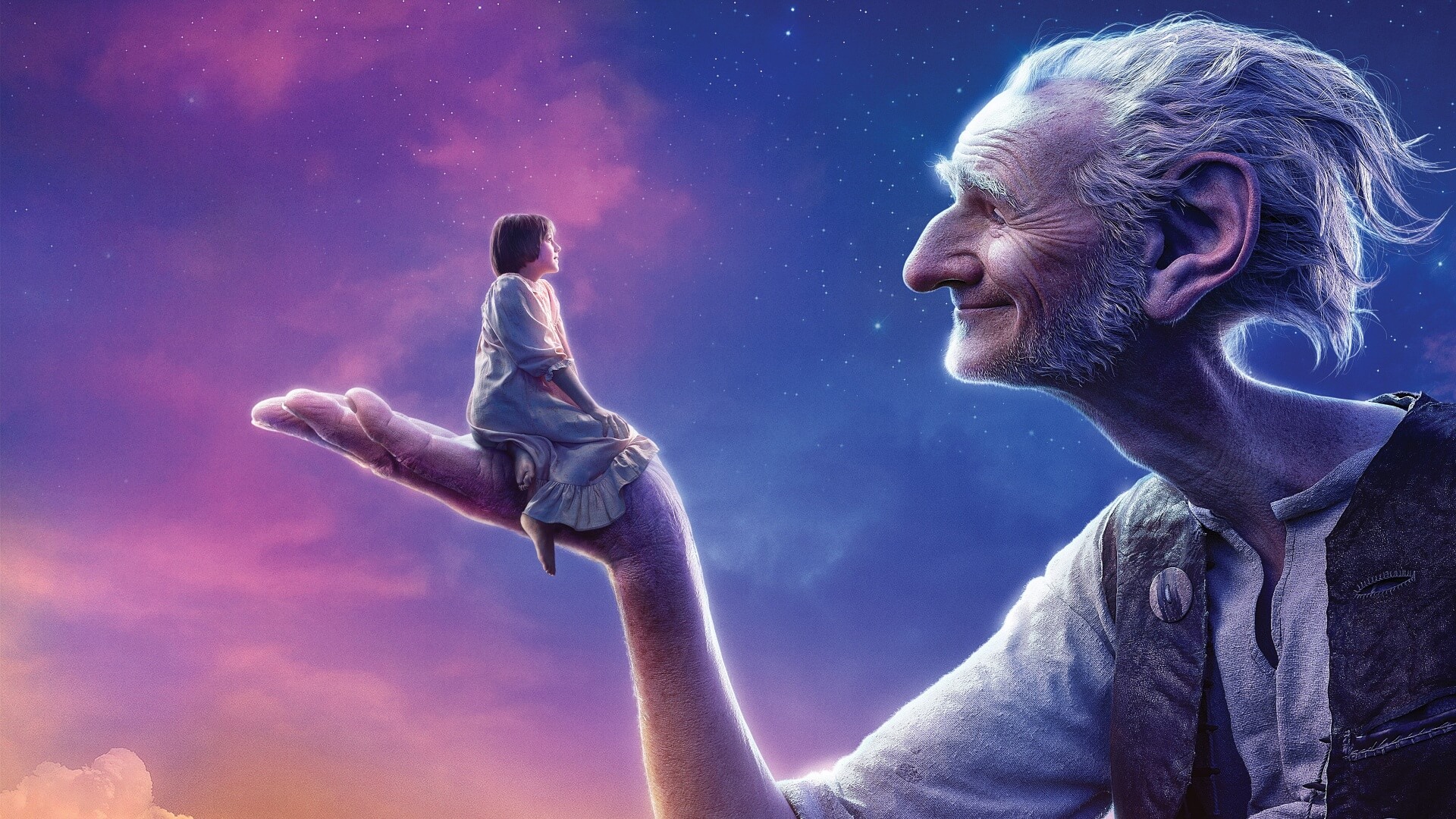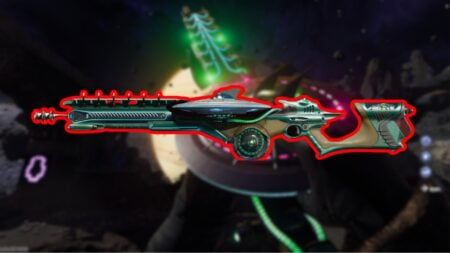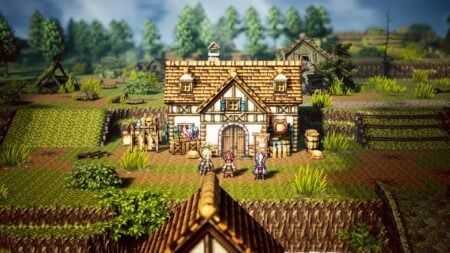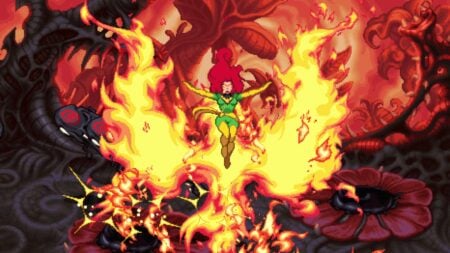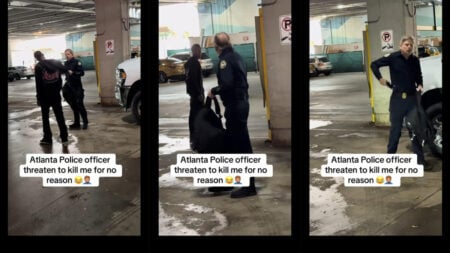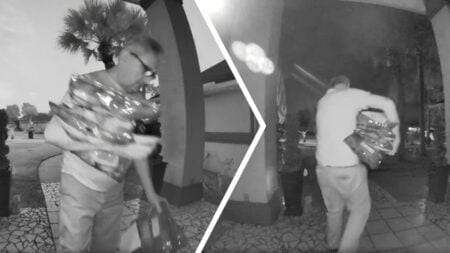Title: The BFG
Release Date: July 1, 2016
Studio: Walt Disney Studios
Director: Steven Spielberg
Given Steven Spielberg’s recent output, it was surprising as to hear he was directing The BFG. This is not because many felt he was wrong for the material. If anything, his ability to convey whimsy through childlike wonder is second to none among directors. There is a sense of scope and adventure throughout the film that will capture the imagination. Spielberg himself has deviled in adapting source material before to mixed success. Sometimes his sensibilities are perfect (The Adventures of Tintin) but other times he sacrifices challenging source material for the sake of sentimentality (Minority Report).
With The BFG, he has made a film that falls somewhere in between. The majority of the film hearkens back to the friendship he so expertly portrayed in E.T.: The Extra-Terrestrial. As it reaches its’ end, the tone shift to a big climax mixed with unnecessary toilet humor. This threw me for a loop and really took me off of the enjoyment high I found myself on. When it was done, I felt like Spielberg hit all the right notes off of an inconsistent piece of music. All in all, The BFG is a film I like more for technical reasons than I do emotional ones.
Adapted from the Roald Dahl story of the same name, The BFG stars Mark Rylance in the titular role. Rylance, much like his Academy Award-winning performance in Bridge of Spies, is the highlight of the film. Amidst all of the extensive motion-capture work, he works with it just as well as Andy Serkis does on a regular basis. While the character himself is an effect, not all of his appearance is digitized. Spielberg made a conscious decision to use Rylance’s eyes to provide a counter to the rest of his disproportionate features. Much of his dialogue is in “Gobblefunk”, a fictitious language created by Dahl. It’s not off-putting by any stretch and it makes the character feel that much more alive.
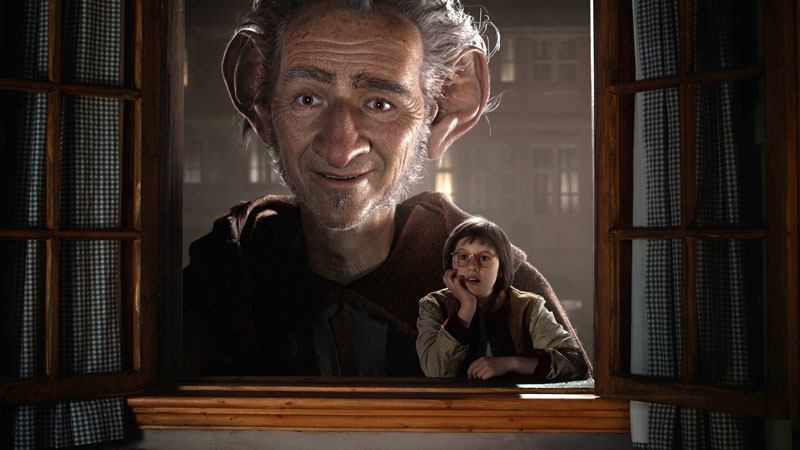
One of Spielberg’s greatest gifts is his ability to work with child actors. Newcomer Ruby Barnhill is an equal to Rylance, not just a cookie cutter protagonist. Sophie, the character Barnhill portrays, becomes swept up in the world of Giant Country after being taken from her orphanage. Giant Country itself is visually impressive without feeling inauthentic like say The Hobbit franchise. Sophie learns that The BFG is a dream-catcher and is considered a runt amongst his fellow giants. They eat humans which inspire The BFG to protect his new friend from their villainous leader, Fleshlumpeater. The other giants have little depth as antagonists. Spielberg toned down their menace compared to the book, which proves to be a misfire.
During the dream-chase sequences, Spielberg reminds us why he has the reputation that he does. He uses minimal touches, such as silhouettes, to demonstrate how the BFG gives dreams to good kids. This concept is not exactly fresh but the manner in which it is shown certainly proves less is more. It’s a world that feels like you can just reach out and touch it, not simply examine it. Again, that is a problem with worlds such as The Hobbit and The Star Wars prequels. Nothing felt real or tangible in that world. In The BFG, everything feels vibrant and alive up to a certain point.
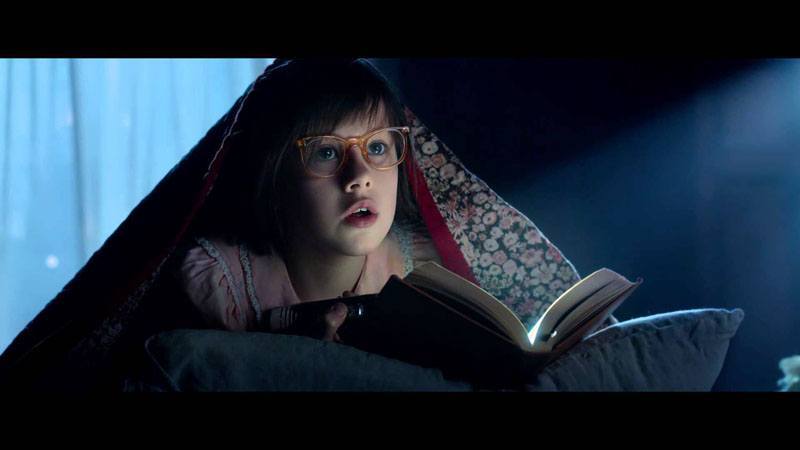
Once the film introduces Queen Victoria and her corgis, it loses some of its magic. The sets and backdrops are still impressive but for some reason, they feel hollow. Part of that can be attributed to Spielberg’s return to the sugary schmaltz he is sometimes criticized for. During the third act, the story plays up a “stand up for yourself” motif seen far too often in other films. It’s a simplified message for kids, which is a fine message to have but the tone shifts to a younger demographic than before. For example, the corgis drink some of BFG’s fizzy drink and begin to fart repeatedly. That was a big demarcation line in quality along with a big case of deus ex machina. Although it wraps up the conflict fairly quickly, it made it seem like little was actually at stake in the grand scheme.
Perhaps the biggest problem with The BFG is that it’s too faithful to the original text. Between the shift in tone and inconsistent pacing during the third act, it could be that Spielberg was struggling with balance. Even with issues, The BFG has too much heart and technical prowess to be dismissed. It’s not on the level of an E.T.: The Extra-Terrestrial but it succeeds much more than his 1991 misfire Hook. Even at his age, it appears that Spielberg still has plenty of stories to tell. It’s a minor entry in his filmography but even then, it is still worth a viewing for everyone’s inner child.
Characters: Both The BFG and Sophie are likable protagonists who have excellent chemistry together. Aside from them, the other characters have little depth. The giant antagonists are typical villains, which is rather disappointing.
Cinematography: Weta, the special effects company behind The BFG, does some excellent work. The world feels vibrant and fantastic without being too artificial.
Story: After an impressive first act, the second act drags considerably. The third act contains a large tonal shift and a plot device that undermines any sense of danger or threat.
Acting: Mark Rylance is 2/2 with his Spielberg collaborations, creating an endearing performance. Ruby Barnhill demonstrates a maturity and preciousness beyond her experience and age.
[review]

